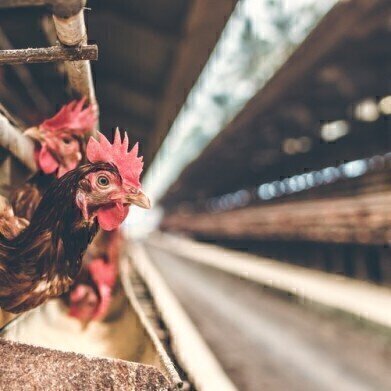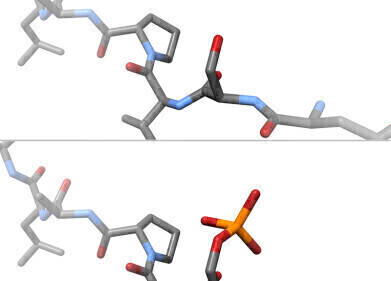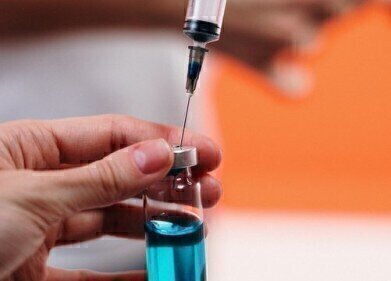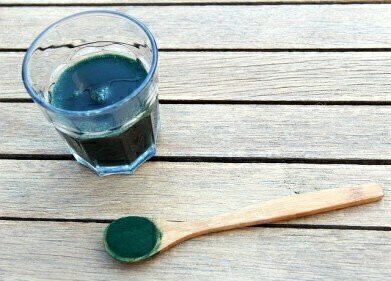Affinity
Making Chicken Safe to Eat? - Chromatography Investigates
Mar 19 2019
As demand for cheap and nutritious food increases, food producers are working hard to deliver what consumers want. Bigger chickens with white breast meat - to satisfy our craving for cheap protein. And whilst some of the changes in recent years are down to improved breeding techniques and nutrition, another factor is the use of antibiotics.
Some poultry farms only use antibiotics to treat infections - rather like humans use antibiotics when we are ill. But some poultry are fed antibiotics to help them grow bigger, quicker - meaning more profit for the poultry producers. A recent paper published in the Journal of Analytical Methods in Chemistry - Determination of Six Macrolide Antibiotics in Chicken Sample by Liquid Chromatography-Tandem Mass Spectrometry Based on Solid Phase Extraction - has looked at whether use of antibiotics leaves residues in chicken meat that we might eat.
Macrolide antibiotics keep bugs at bay
Macrolide antibiotics are a class of antibiotics used to treat bacterial infections in humans. They are produced by strains of Streptomyces, a spore forming bacteria found in soil. They have a complex structure consisting of lactone rings of between 12-16 members and are used to treat both Gram-positive and Gram-negative bacterial infections.
They produce abroad spectrum antibiotics and are sometimes used as a substitute for penicillin when a patient cannot use penicillin. Erythromycin is an example of a macrolide antibiotic. They are used to treat skin infections, pneumonia and many other infections by disrupting protein synthesis in the bacteria. But they are also used in animal husbandry, and inappropriate use could leave residues in food.
Analysing the chicken
Accumulation of the drugs in food could be hazardous to human health - once they are eaten they could cause damage to liver, kidney and nerve damage. Previous reports suggest that food consumption is a major source of inadvertent antibiotic use in humans. So, it is important to know what is in our chickens and other foods that comes from animals that might be subject to inappropriate antibiotic use.
In the report referenced above, the team describe the development of a method using a solid phase sorbent with liquid chromatography- tandem mass spectrometry (LC-MS/MS). The use of sorbents and sample preperation in chromatography are discussed in the article, Mobile Affinity Sorbent Chromatography Of Proteins. The team report that the method they developed:
developed LC-MS/MS based on PAF-6 SPE was reliable, sensitive, accuracy, and practical for the determination of MACs in the chicken samples. The method is a promising candidate for use in the food safety monitoring.
Events
Apr 22 2025 Kintex, South Korea
Analytica Anacon India & IndiaLabExpo
Apr 23 2025 Mumbai, India
Apr 27 2025 Portland, OR, USA
May 11 2025 Vienna, Austria
May 18 2025 Tempe. AZ, USA













